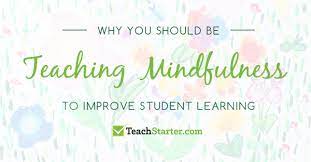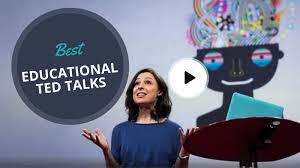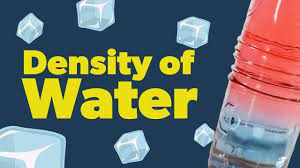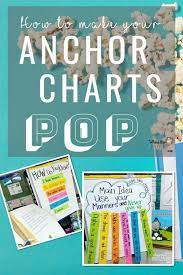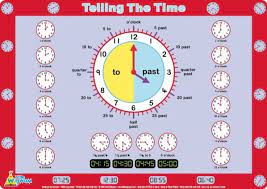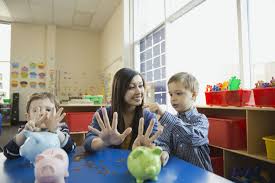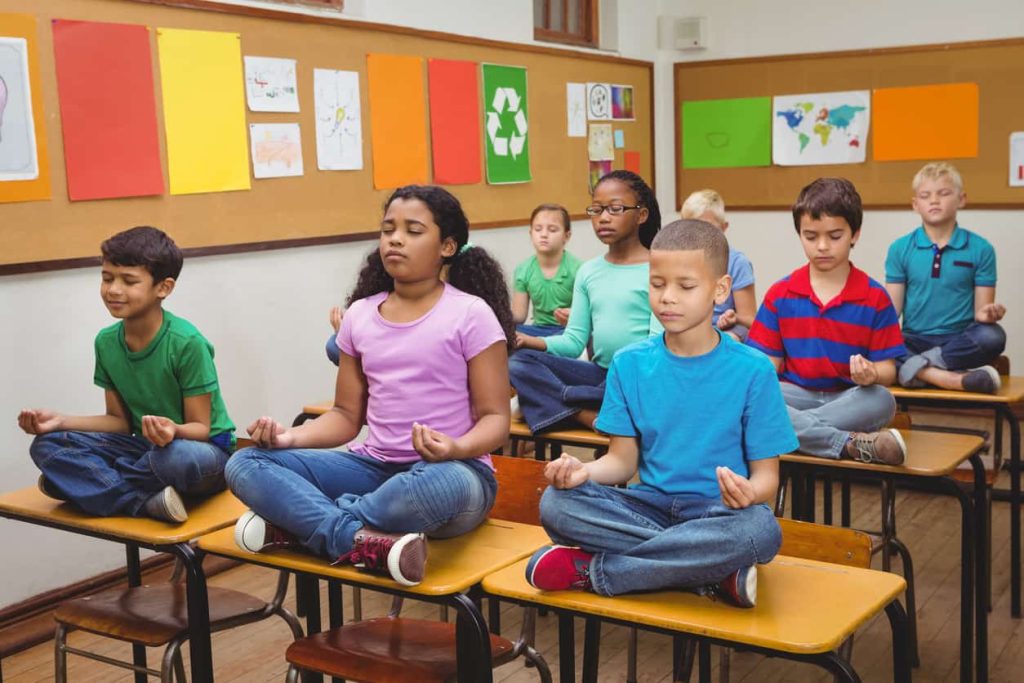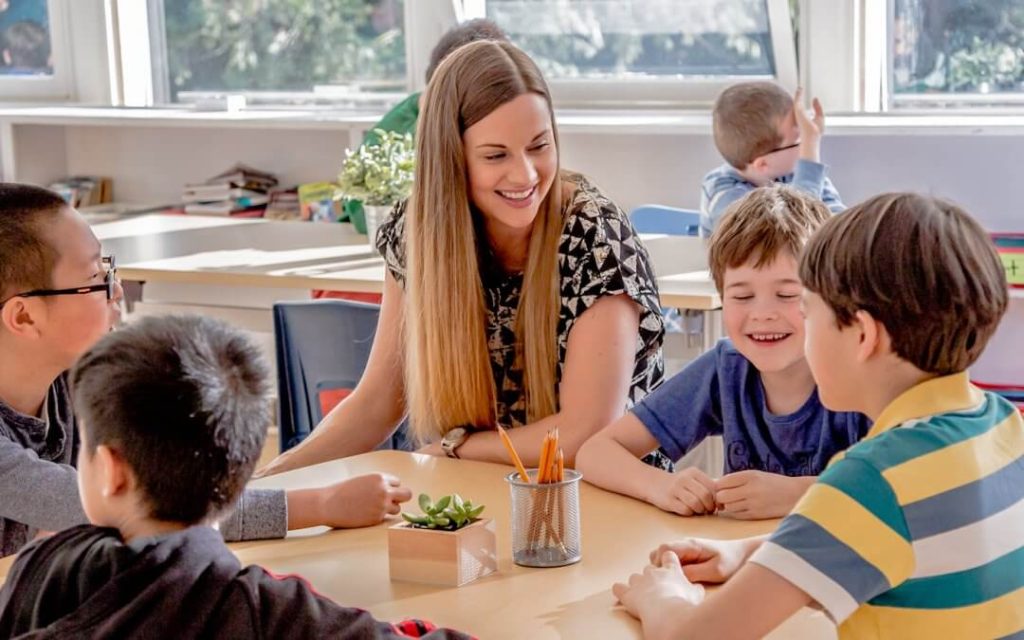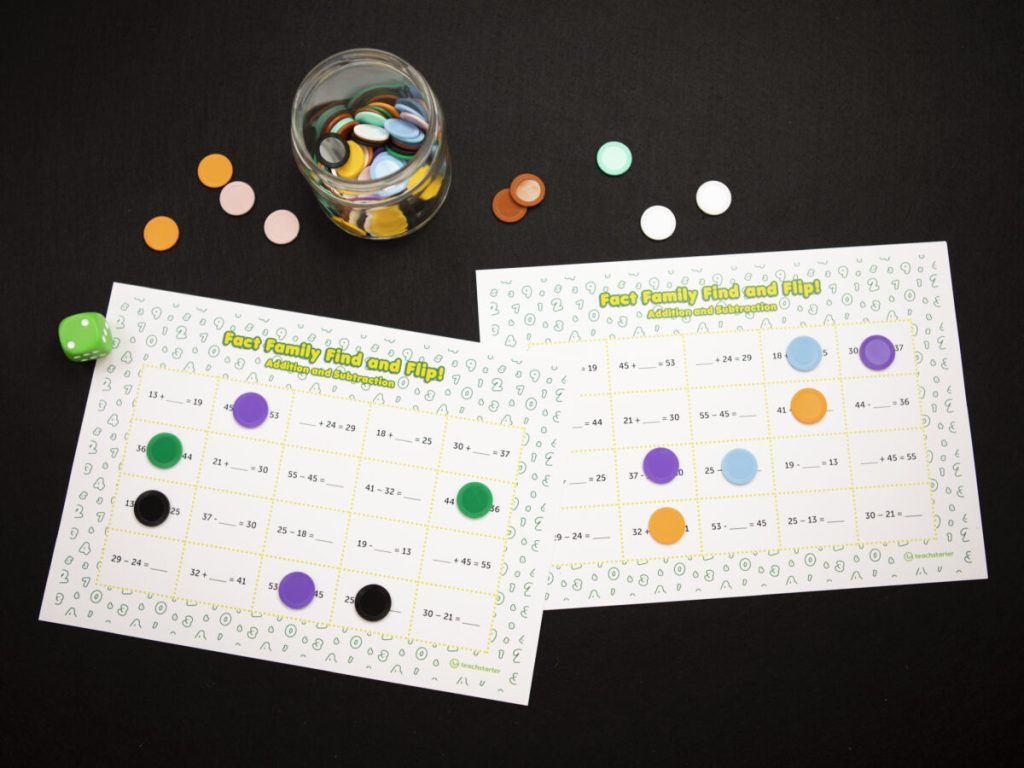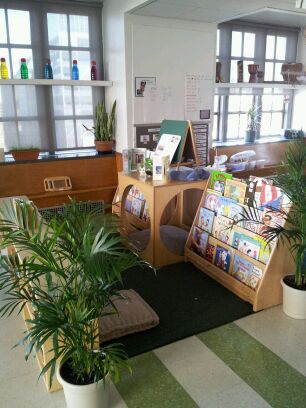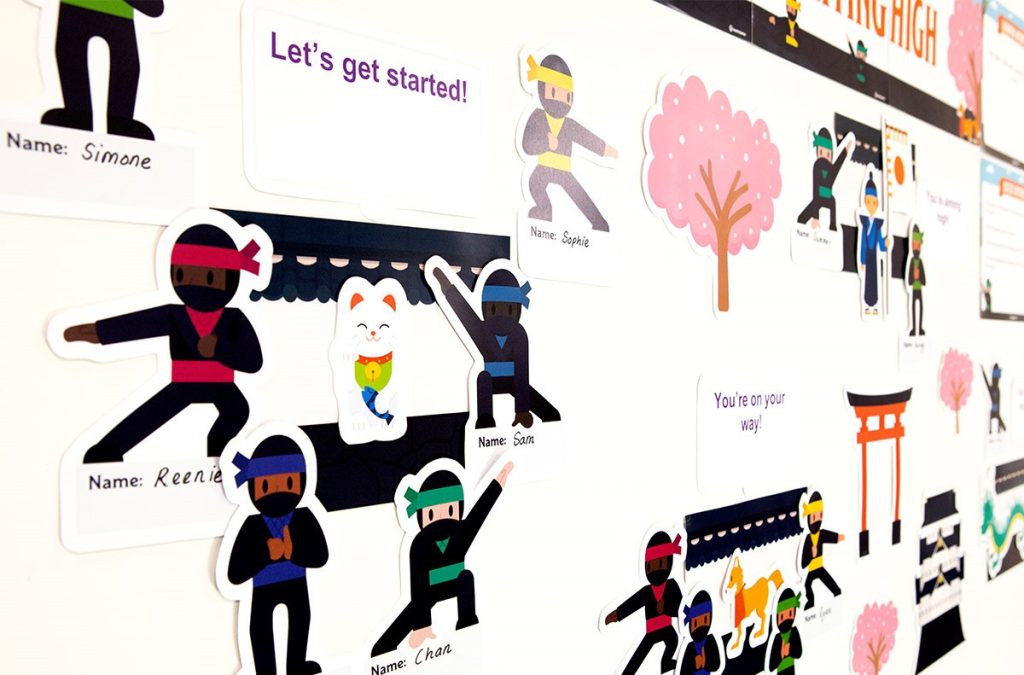In recent years, educators and researchers have become increasingly interested in the role of mindfulness in the academic environment. Mindfulness – a form of meditation that encourages individuals to focus their attention on the present moment, acknowledging and accepting thoughts and sensations without judgment – has shown promise as a tool for enhancing students’ learning experiences in schools across the United States.
But why mindfulness, and why now? The modern educational landscape is rife with distractions: social media, smartphones, and ever-mounting academic pressures vie for students’ attention. Amidst this cacophony, mindfulness offers a quiet space for students to breathe and refocus. Studies have suggested that when students regularly practice mindfulness, they may experience numerous benefits including improved attention, decreased stress levels, better emotional regulation, increased empathy and self-esteem, and even greater academic achievement.
Furthermore, mindfulness can be particularly beneficial in classroom settings. Teachers trained in mindfulness strategies can lead short sessions at the beginning of class or during transition periods. This doesn’t just benefit the students; teachers practicing mindfulness report lower levels of burnout and higher job satisfaction. It’s a positive feedback loop where decreased teacher stress can contribute to a more relaxed learning environment, further benefiting the students.
Yet teaching mindfulness is not without its challenges. Integrating mindfulness into a curriculum often requires additional training for teachers, a as well as buy-in from parents and school administrators. Moreover, it’s essential that mindfulness exercises be presented in an accessible way that resonates with students from diverse backgrounds.
Despite these challenges, promising practices are emerging throughout US schools. For example:
– Mindful Moments: Some schools start each day or class with a minute of mindfulness exercises to help center the students.
– Integrative Curriculum: In some cases, mindfulness is woven into lessons on subjects ranging from literature to social studies.
– After-School Programs: Mindfulness clubs or activities provide interested students an opportunity to delve deeper into the practice.
Research into how teaching mindfulness can enhance learning is still evolving. Preliminary findings suggest that its implementation can mitigate some of the adverse effects stress has on cognitive processes like attention and memory. As such evidence mounts and practices spread, we may see mindfulness become as fundamental to education as homework and high-stakes testing once were.
In conclusion, by fostering an environment where students can cultivate awareness and presence of mind, US schools are not just teaching math or science—they’re also equipping young people with essential skills to navigate an increasingly complex world with resilience and clarity. The pursuit is noble: create not just better learners but also more mindful individuals who contribute positively to society at large. Such efforts sow seeds for a future where education is not merely about filling minds but nourishing them too.
Teachers Ted Talks Youll Want to Watch
Teachers often play a crucial role in inspiring and educating not just their students, but people outside the classroom as well. TED Talks given by teachers can offer insights into education, personal growth, and the power of learning. These talks can be incredibly motivating, pushing viewers to consider new perspectives and possibly even pursue action towards positive change.
1. Rita Pierson: “Every Kid Needs a Champion”
In this heartwarming talk, lifelong educator Rita Pierson champions the importance of connection and relationships between teachers and students. She emphasizes that learning cannot happen without a strong relationship built on mutual trust and respect.
2. Dan Meyer: “Math Class Needs a Makeover”
Math teacher Dan Meyer captivates his audience by challenging the traditional approaches to teaching math. He advocates for teaching students to think and analyze like real mathematicians, rather than just memorizing formulas.
3. Sarah Kay: “If I Should Have a Daughter…”
Sarah Kay is a spoken word poet who illustrates the power of poetry in education. She discusses her teaching experiences and describes how poetry can be used as a tool to engage students and encourage them to express themselves authentically.
4. Ken Robinson: “Do Schools Kill Creativity?”
Perhaps one of the most famous TED Talks on education, Sir Ken Robinson’s presentation eloquently argues for creating an education system that nurtures creativity. He explains why it’s essential to cultivate an environment where children’s natural talents can flourish.
5. Tyler DeWitt: “Hey Science Teachers — Make it Fun”
High school teacher Tyler DeWitt calls for science educators to make their subjects more engaging and relatable. His talk underscores the importance of enthusiasm and storytelling in making complex scientific concepts accessible and exciting for students.
6. Sal Khan: “Let’s Use Video to Reinvent Education”
Salman Khan, founder of Khan Academy, makes the case for using video technology to personalize education. By offering an alternative to traditional classroom lectures, he shows how technology can provide more time for interactive class activities, tutoring, and peer-to-peer learning.
By watching these Ted Talks, educators, parents, and anyone interested in learning more about educational practices can gain valuable insights into innovative teaching strategies that prioritize student success and engagement. These speakers prompt us to reflect on the transformative power of education and motivate those within the field to advocate for positive change in their classrooms.
10 Simple Ways to Encourage Students to Ask Questions
1. Foster a Safe Environment: Make your classroom a safe space where students feel respected and their opinions are valued. Let them know that there are no ‘stupid’ questions and that curiosity is encouraged.
2. Be Approachable: Ensure you are approachable as a teacher. Smile, make eye contact, and be open to interactions beyond lecture time. This helps students feel comfortable coming to you with questions.
3. Create a Culture of Inquiry: Promote a culture of questioning by asking questions yourself. By modeling this behavior, you’ll show students that inquiry is a normal part of learning.
4. Praise Effort: When students take the initiative to ask questions, praise their efforts regardless of how basic or complex their queries are.
5. Use Think-Pair-Share: This technique allows students to think about a question independently, then discuss it with a peer before sharing with the larger group, thus lowering the stakes for asking questions.
6. Encourage Question-Generating Activities: Use activities that require students to come up with their own questions rather than just answering them, such as having them develop questions for an upcoming topic.
7. Provide Anonymity When Needed: Give students the option to ask questions anonymously through question boxes or digital platforms if they’re too shy to speak up.
8. Respond Positively: Always acknowledge and respond positively to questions asked, ensuring that students feel heard and understood.
9. Limit Immediate Correction: If a student’s question reveals a misunderstanding, guide them towards the correct answer without immediate correction which can sometimes discourage further questioning.
10. Use Question Stems: Provide question stems such as “What if…?”, “How might…?”, or “Why do you think…?” to help scaffold the process of asking deeper and more thoughtful questions.
By utilizing these strategies, teachers can create an environment that not only encourages but celebrates the act of questioning, fostering a lifelong love for learning and exploration in their students.
Science Experiments for Kids Water Density Temperature
Water density is a fascinating subject for science experiments, especially when introducing concepts such as buoyancy, temperature effects, and the properties of matter to young learners. Here’s an enlightening and fun article about science experiments for kids that explore water density and temperature.
Exploring Water Density and Temperature: Fun Science Experiments for Kids
Experiment 1: Temperature and Density Discovery
Objective: To show how temperature can affect the density of water.
Materials:
– Three clear glasses or jars
– Food coloring (three different colors)
– Warm, room temperature, and cold water
– A spoon
Instructions:
1. Fill one glass with cold water and add a few drops of blue food coloring.
2. Fill the second glass with room temperature water and add a few drops of green food coloring.
3. Fill the third glass with warm water and add a few drops of red food coloring.
4. Carefully pour the room temperature green water into the container with the warm red water.
5. Observe what happens when you slowly spoon the cold blue water into the same container.
Conclusion:
Kids will observe that the warm red water (less dense) stays at the top, green room temperature in the middle, and cold blue sinks to the bottom, demonstrating that colder water is denser than warmer water.
Experiment 2: The Salty Sea Adventure
Objective: To demonstrate how salt affects water density.
Materials:
– Two clear glasses
– Water
– Table salt
– Food coloring
– A small egg or a grape
Instructions:
1. Fill both glasses with equal amounts of water.
2. Add several tablespoons of salt to one glass and stir until dissolved. Add a drop of food coloring for visual effect.
3. Carefully place the egg or grape in the plain water and observe what happens.
4. Now transfer it to the salty water and observe again.
Conclusion:
Children will find that in plain water, objects like grapes or eggs might sink because they are denser than plain freshwater; however, in salty water, they float because salt increases the density of the water making it easier for objects to float.
Experiment 3: Iceberg Ahead!
Objective: To demonstrate how different densities interact between solids and liquids.
Materials:
– A clear bowl or tank
– Ice cubes dyed with food coloring
– Lukewarm Water
Instructions:
1. Fill a clear bowl or tank with lukewarm water.
2. Add colored ice cubes to the tank.
3. Watch as they begin to melt slowly.
Conclusion:
Kids will discover that ice floats on top of warmer water because it is less dense than liquid water even when melting. They’ll also notice how the colored meltwater from ice diffuses within lukewarm water creating currents which can mimic real-life sea currents due to temperature differences.
These hands-on experiments not only illustrate basic scientific principles but also encourage curiosityand analytical thinking among kids about everyday phenomena related to science!
Make Your Anchor Charts POP!
Anchor charts are essential tools in the classroom, helping to visualize learning and make concepts memorable. These large, handwritten posters can be powerful references for students, but with a little creativity, they can transform from mere classroom decorations into engaging, interactive learning aids. To make your anchor charts truly pop, here’s what you can do:
1. Use Color Wisely: Color draws attention and can help organize information. Utilize different colors to highlight key terms, show contrasts, or categorize ideas. But remember, too many colors can be overwhelming—choose a palette and stick to it for consistency.
2. Embrace Visuals: Incorporate drawings, icons, or even real objects to create a visual connection with the content. Visual aids can make abstract ideas more concrete and easier to grasp.
3. Make It Interactive: Transform your anchor chart into a living document by using sticky notes for comments or questions. This allows the chart to evolve with the learning process and encourages student participation.
4. Keep It Legible: Despite your artistic touches, ensure that your handwriting is clear and large enough to be read from anywhere in the room. The effectiveness of an anchor chart hinges on its readability.
5. Organize Thoughtfully: How you arrange information can impact comprehension. Use flowcharts, bullets, or numbered lists to structure ideas logically.
6. Invoke Themes: Integrate themes related to your curriculum or current lessons to create a cohesive learning experience.
7. Encourage Personal Connection: Let students add their insights or examples to the chart. This promotes ownership of their learning experience.
8. Refresh Regularly: Keep your charts dynamic by updating them often with new information so they remain relevant and engaging.
By implementing these strategies, anchor charts will not only pop visually but also become pivotal assets in fostering an interactive and immersive learning environment.
New Unit and Lesson Plans! Teaching Time to Year 3 and 4
In the ever-evolving landscape of education, the introduction of new unit and lesson plans specifically designed for teaching time to students in Year 3 and Year 4 is a significant milestone. Recognizing the foundational importance of conceptualizing and managing time, educators have developed a comprehensive curriculum aimed at enhancing students’ understanding of hours, minutes, and seconds along with more complex concepts like duration, chronology, and time management.
The newly introduced unit encapsulates a range of dynamic activities and methodical approaches tailored to suit children aged 7 to 9. The robust framework of this curriculum not only includes traditional teachings of reading analog and digital clocks but also integrates fun-filled games which cement the concept of time in a playful yet effective manner.
One key facet of this curriculum is its adaptability; it acknowledges that each student learns differently. Consequently, it incorporates various teaching aids such as interactive whiteboard sessions, printable worksheets, group discussions, and hands-on experiments – each designed to cater to different learning preferences.
To kick off the unit, lesson one begins with a fundamental introduction to the face of a clock. This includes identifying the hour, minute, and second hands and understanding their movements. As lessons progress, students delve deeper into more intricate elements such as calculating intervals of time.
Practical applications are an integral part of this unit. Teachers are guided to employ real-life scenarios like scheduling a day’s activities or creating timelines for historical events which help solidify these temporal concepts in young minds.
Assessment methods have been carefully considered in this new unit plan. Alongside traditional quizzes and timed exercises, there are reflective discussions designed to encourage students to articulate their understanding of time in daily life.
By the end of this unit, Year 3 and Year 4 students will be expected not just to read time with proficiency but to apply their newly acquired skills in planning their routines, estimating the duration of tasks, and developing good time management habits – competencies that will serve them well beyond their primary school years.
In conclusion, these new unit and lesson plans are poised to transform how young learners perceive and interact with time. Educators stand ready with these innovative resources to usher in an era where mastering time is not only educational but exciting for every student within their formative years.
Alternatives to Traditional Homework That Work in Classrooms Around the US
Educators across the United States are continuously looking for innovative ways to enhance learning while moving away from traditional homework practices. As research emerges suggesting that excessive homework may not significantly contribute to student achievement, many schools have been experimenting with alternative approaches. These alternatives aim to encourage learning without overburdening students with hours of after-school assignments.
One popular alternative is flipped classrooms, a model where students watch lectures or educational content at home and then come to school ready to engage in discussion and apply their knowledge in hands-on activities. This method encourages active learning and ensures that classroom time is used for collaborative work, which can be more effective than completing worksheets at home.
Another approach gaining traction is project-based learning (PBL). Instead of discrete tasks assigned every day, students work on longer-term projects that integrate different subject areas and skills. These projects often tackle real-world problems, which can be more engaging for students and help them develop critical thinking and problem-solving skills.
Reading logs have been replaced by reading goals in some classrooms, where students set targets for themselves based on their interests and abilities. Teachers provide guidance but allow students autonomy over their reading choices, which promotes a love of reading and removes the check-the-box mentality of traditional reading logs.
Gamification of education has also been employed as an alternative to traditional homework. Learning platforms like Kahoot! or Quizlet use game mechanics to make learning more fun and interactive. These platforms can be accessed at home but don’t require extensive time commitments. They provide instant feedback, making them a useful tool for reinforcing concepts learned at school.
Additionally, some educators are advocating for quality over quantity, assigning fewer but more thoughtfully crafted assignments. These meaningful tasks provide depth rather than breadth, allowing students to explore subjects more thoroughly without feeling rushed or overwhelmed.
Lastly, there’s a growing trend towards “no homework” policies where students are only asked to finish classroom work at home if they did not complete it during school hours. This approach respects children’s after-school time for rest, play, and family activities while still holding them responsible for completing their classwork.
Each of these methods demonstrates an understanding that learning does not have to be confined within the walls of a classroom nor the pages of a textbook. As schools challenge the status quo of traditional homework, they open up opportunities for more effective teaching strategies that can lead to better educational outcomes for students across the country.
18 Amazing Mindfulness Activities for the Classroom
Mindfulness has become an essential part of many people’s lives and is increasingly being integrated into educational settings. Bringing mindfulness into the classroom can have profound benefits for students, including improved focus, better emotional regulation, and a more compassionate classroom environment. Here are 18 amazing mindfulness activities suitable for the classroom:
1. Mindful Breathing – Students focus on their breathing, noticing the rise and fall of their chests or the air moving in and out of their nostrils.
2. Body Scan Meditation – Sitting comfortably, students close their eyes and pay attention to different parts of their bodies in sequence from head to toe.
3. Listen to the Bell – A bell or chime is rung, and students listen carefully until they can no longer hear the sound.
4. Mindful Eating – Students eat a small piece of food like a raisin or a piece of chocolate slowly, engaging all their senses to fully experience the flavors.
5. Sensory Observation – Students use their senses to observe details about an object, like a stone or leaf, noting texture, color, smell, etc.
6. Mindful Walking – Walking slowly and with intention around the classroom or outside, students stay focused on the movement of their feet and the sensations they feel.
7. Guided Imagery – The teacher leads students through a peaceful story or scene, encouraging them to visualize it in detail in their minds.
8. Thought Clouds – Students sit quietly and imagine their thoughts as clouds passing by in the sky without getting attached to any particular one.
9. Gratitude Moments – Starting or ending class with a few minutes where students reflect on and share something they are grateful for that day.
10. The Feelings Barometer – Students check in with themselves about how they’re feeling at that moment and maybe share it with the class if they’re comfortable.
11. Heartbeat Exercise – After physical activity, students place a hand on their hearts and notice their heartbeat; this helps them connect with their body’s responses.
12. Yoga Poses – Simple yoga poses can help students become more aware of their bodies while also releasing physical tension.
13. Coloring Mandalas – Coloring intricate mandala patterns can be a meditative activity promoting concentration and relaxation.
14. Mindful Listening – Students pair up and practice listening to each other without interrupting or planning what they’ll say next.
15. Silent Time – A short period of silence during which students can sit quietly with their own thoughts without any task assigned.
16. Kindness Meditation – Students close their eyes and send kind thoughts to people in their lives, starting with themselves and expanding outward.
17. Name Your Emotions – This exercise encourages kids to name their current emotions as a way to acknowledge and understand them better.
18. The ‘What’s Good’ Journal – Keeping a journal where students regularly record positive experiences or things that went well during their day or week.
Integrating these mindfulness practices into everyday learning can help students develop valuable life skills that translate beyond academics into peaceful personal development and interactions with others.
10 Sustainability Ideas for Teachers to Get Kids Excited About the Earth
Sustainability is a crucial topic for today’s youth, as they are the ones who will inherit the Earth and its environmental challenges. As educators, it’s important to inspire students to care for their environment and understand their impact on the planet. Here are 10 sustainability ideas for teachers that can get kids excited about the Earth:
1. Start a Recycling Program – Teach children about the importance of recycling by starting a program at your school. Encourage them to bring in recyclables from home and organize class competitions.
2. Classroom Energy Audit – Have students perform an energy audit of their classroom or school to learn about how much energy is consumed and discuss ways to reduce it.
3. Build a School Garden – Creating a garden can help students understand the cycles of nature, and they’ll take pride in growing their own food.
4. Composting Workshop – Set up a compost bin in your classroom or schoolyard to show kids how organic waste can turn into nutrient-rich soil.
5. Eco-Friendly Crafts – Integrate recycled materials into art projects to emphasize creativity without waste. This can instill the idea that resources should be used responsibly.
6. Water Conservation Experiments – Explore water conservation through experiments that measure how much water we use and how we can use less.
7. Adopt a Wildlife Species or Habitat – Fostering responsibility for an animal species or habitat can raise awareness and empathy towards environmental conservation.
8. Green Transportation Week – Promote walking, biking, carpooling, or taking public transportation for a week to reduce your school’s carbon footprint.
9. Sustainability Themed Field Trips – Take students on trips to local nature reserves, recycling centers, or sustainable farms to witness sustainable practices firsthand.
10. Environmental Book Club – Encourage your class to read books that focus on environmental heroes and discuss the environmental themes and messages within them.
These activities are not only educational but also engaging, allowing kids to actively participate in sustainability practices and grow their appreciation for the environment.
Fact Families Teaching Resources
Understanding the relationships between numbers is a fundamental aspect of learning mathematics. A ‘fact family’ is a group of related mathematical facts that involve the same set of numbers. In essence, if you know one fact within a family, you can understand others by using basic arithmetic operations like addition and subtraction, or multiplication and division. Fact families are commonly used in primary education to help students recognize these relationships and develop fluency in their mathematical operations.
Teaching resources for fact families typically include colorful charts, engaging worksheets, interactive games, and hands-on activities that assist in making the concept understandable and fun. Educators often employ puzzles that require students to find missing members of a fact family, reinforcing the connections between numbers in a tactile way.
Printable worksheets are particularly widespread as they can be used both in the classroom and as homework assignments. These worksheets often have different sections; some focus on the conceptual understanding while others provide practice drills to enhance speed and accuracy in calculations.
Games are another fantastic tool in teaching fact families. These can range from simple card games where students match different parts of a fact family to more sophisticated digital games that adapt to a student’s level of understanding, providing immediate feedback and progressively challenging tasks.
Teachers also use story-based activities where students create their own stories using given numbers from fact families. This has been shown to help with retention as it adds a narrative element to what might otherwise be rote memorization.
Educators continually seek out innovative teaching resources that engage children with fact families. Several educational websites offer a multitude of resources aligned with curricular standards which teachers can incorporate into their lesson plans. Manipulatives like number tiles or dice can also be integrated into lessons, providing a kinesthetic element to learning fact families.
Professional development workshops on the topic often provide teachers with additional methodologies and tools for presenting fact families effectively, demonstrating how these resources can be tailored to diverse learning environments and student needs.
In summary, teaching resources for fact families cater to a wide range of activities designed to facilitate an understanding of numeric relationships through practice, play, visual aids, and creative storytelling. Teachers leverage these resources to ensure that students grasp this critical mathematical concept which forms the foundation for further studies in mathematics.
9 Secrets to a Calm Classroom Environment from Expert Teachers
Creating a calm classroom environment is essential for both student learning and teacher sanity. Expert teachers often have tricks up their sleeve that they’ve honed over years of practice. Here are nine secrets to achieving that serene class setting:
1. Establish Clear Rules: Having a set of clear, consistent rules from day one sets the tone for the classroom. Students know what is expected of them and the consequences for misbehaving.
2. Build Positive Relationships: Take time to get to know your students individually. This can create mutual respect and understanding, which leads to a calm environment.
3. Use Non-Verbal Cues: Sometimes a look, gesture, or light tap on the desk is all you need to quiet a noisy room without raising your voice.
4. Incorporate Quiet Time: Dedicating a short period during class for silent reading or individual work can help students learn to appreciate quiet.
5. Choose Seating Wisely: Consider the layout of desks and sitting arrangements to minimize distractions and noise levels.
6. Use Background Music: Soft music can be very soothing and can drown out disruptive noises in the classroom.
7. Stay Organized: An organized classroom can prevent chaos. When everything has its place, it reduces clutter and helps maintain a peaceful atmosphere.
8. Lead by Example: If you remain calm and collected even when things don’t go as planned, students are more likely to mirror your behavior.
9. Positive Reinforcement: Recognizing and rewarding good behavior can be more effective than punishing bad behavior when it comes to creating a tranquil classroom climate.
Implementing these strategies may take some practice, but over time, they will significantly contribute to maintaining a calm and productive learning environment.
How to Create a Bump It Up Wall | Ninja Style
In the educational arena, Bump It Up walls have become a popular visual and interactive tool for helping students assess their work against a success criteria and aim for improvement. But what if we take this concept and infuse it with a bit of martial arts mystique? Here’s how you can create a Bump It Up Wall with a ninja twist, fostering students’ skills and motivation to advance in their learning journey.
Step 1: Define the Success Criteria
Firstly, you need clear, concise, and attainable success criteria. This might be based on curriculum standards or specific skills you want the students to develop.
Step 2: Prepare the Levels
Traditionally, Bump It Up Walls have different levels (typically 1-4). For a ninja twist, assign each level a different ninja belt color – white for beginners, yellow for novices, green for intermediates, blue for advanced learners, and black for experts.
Step 3: Create Student Avatars
Have your students create ninja avatars of themselves. They might draw these by hand or use online tools to make avatars that fit the ninja theme.
Step 4: Display Work Examples
For each belt level (or learning stage), display anonymous work samples that show what is expected at that particular level. Teachers should provide feedback on why an example is at a certain level and what could be done to improve it.
Step 5: Make the Wall Interactive
Each student’s avatar starts at the white belt level. After assessing where their current work falls on the wall, they’ll set goals on how to advance to the next belt level. Provide them with sticky notes so they can write down their goals or strategies and stick them next to their avatar on the wall.
Step 6: Reflection and Goal Setting
Encourage regular reflection and goal setting. Hold discussions on what ninja moves (skills) might help them progress to each new stage of their learning journey.
Step 7: Celebrate Progress
As students reach new levels of proficiency, celebrate! A fun way might be learning an actual ninja move – like a stealthy roll or safe throwing techniques using soft objects – that adds kinesthetic learning and fun.
Step 8: Continuous Update
Keep updating the wall with new examples as students provide higher quality work. This keeps the wall fresh and challenging.
Remember that the primary aim is continuous improvement through self-assessment – turning each student into a motivated ‘learning ninja’ who knows what quality work looks like and how to strive towards producing it. With this creative “Ninja Style” Bump It Up Wall, your classroom will not only foster academic growth but also keep engagement high with its novel theme.
